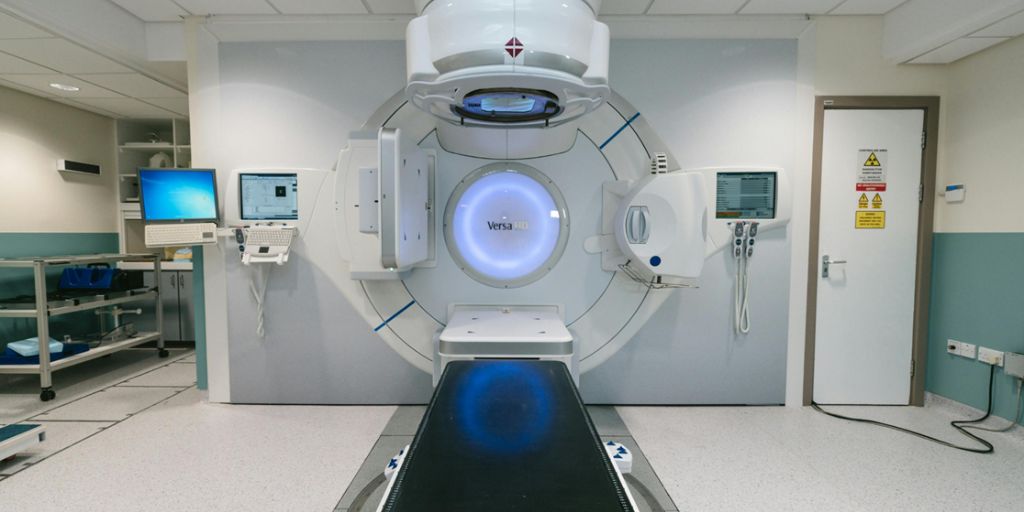
(Photo by Jo McNamara on Pexels)
Cancer management calls for excellent approaches for the result to be desirable. Thanks to technology, more advanced techniques are coming up that help specialists deliver quality care. From the screening work to the personalization of services, tech solutions are making the remedies amazing. More research and the invention of more tools are giving more hope of even better cancer treatment in the future. Here are five ways in which technology is revolutionizing cancer care.
1. Precision Medicine and Genetic Profiling
Precision medicine, the tailored adjustment of medication to suit an individual’s specific genetic composition, is a game changer in cancer treatment. Doctors can identify precise mutations that cause the cancer to grow and select drugs intended to repair these defects by testing the DNA of a patient. With fewer adverse effects, it makes therapy stronger.
Genetic profiling is also able to inform physicians whether a particular tumor looks precisely the same through the microscope but responds in a very different way at the molecular level. With this, physicians can subsequently be in a position to predict how a specific tumor would respond to specific therapy and make improved choices.
2. Early Detection Through AI and Advanced Imaging
Artificial intelligence (AI) is also employed to identify tumors earlier and precisely. Usually, before symptoms, medical images like mammograms, CT scans, and MRIs can be scanned by artificial intelligence (AI) software to find patterns that might indicate cancer development.
From biopsies to surgical planning, advanced imaging technologies inject more accuracy. For instance, AI-guided imaging procedures allow doctors to know the exact position and size of tumors. For patients in Texas exposed to carcinogens such as asbestos, early detection via such means usually saves lives. Seeking guidance from a Texas mesothelioma lawyer in such a situation can also help one to decide on legal action regarding asbestos exposure.
3. Robotic Surgery and Minimal Invasive Techniques
Through robot-assisted procedures, surgeons can be more deft, accurate, and visible during surgery thanks to these systems. Minimal incisions allow operations to be performed, therefore lowering discomfort, shortening recovery time, and lowering complications.
Minimally invasive methods include thoracoscopic and laparoscopic operations, which are increasingly used in the treatment of stomach, prostate, and lung malignancies. After the surgery, they improve the quality of life by reducing recovery time.
4. Real-Time Monitoring and Intelligent Devices
Wearable health trackers and remote monitoring equipment are allowing patients and doctors to track cancer symptoms and therapy results immediately. Tracking heart rate, temperature, blood pressure, and other parameters, the equipment lets doctors detect early warning indications of side effects or complications.
Through such discoveries, which improve their care plan optimization, patients undergoing radiation or chemotherapy will be aided. The efficient communication between patients and specialists, through telemedicine platforms, allows proper and timely addressing of issues.
Endnote
Cancer treatments are improving courtesy of improvements in tech solutions. Screening is becoming more and more effective, and therapy can be specially designed to meet the requirements of an individual. With increasing research and collaboration on the part of medical technologists, more systems are going to be designed, with increased effectiveness in cancer control.










